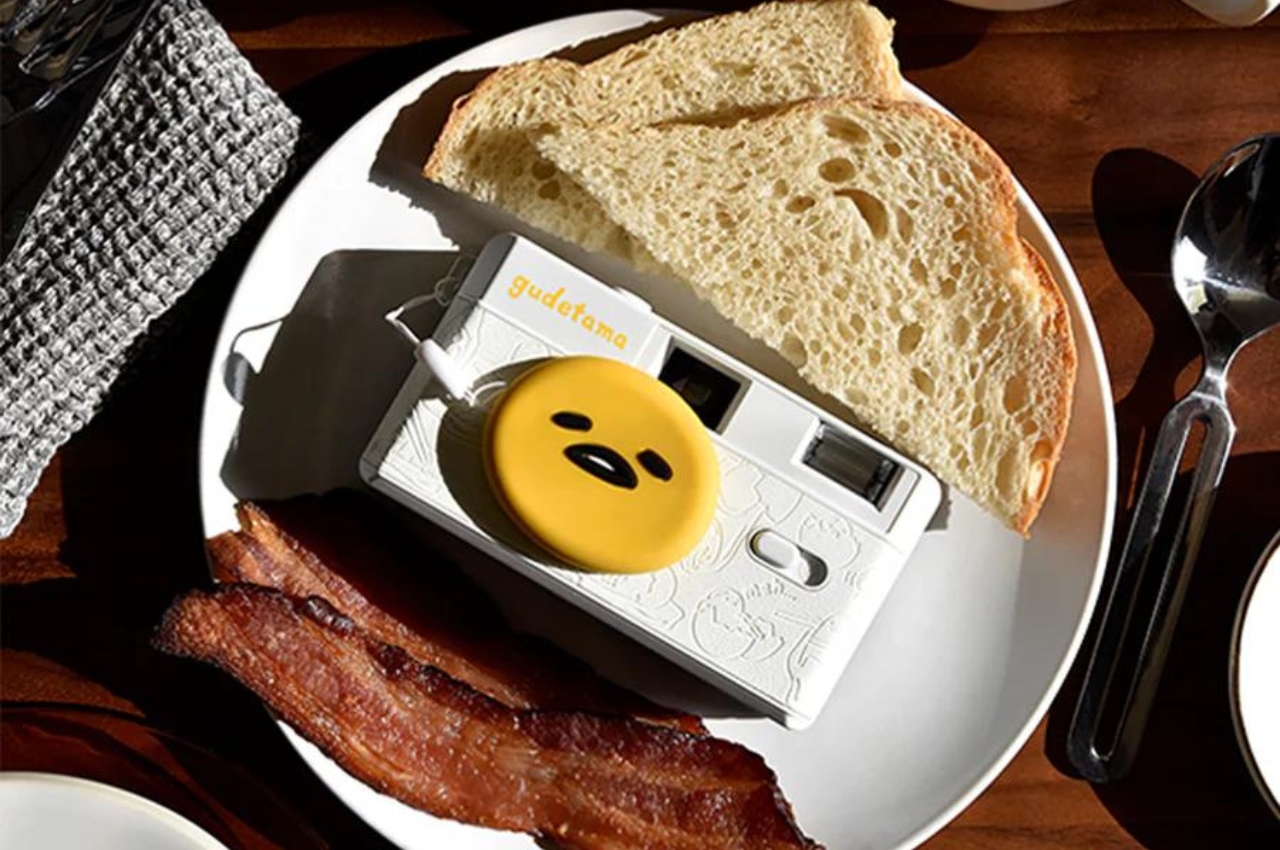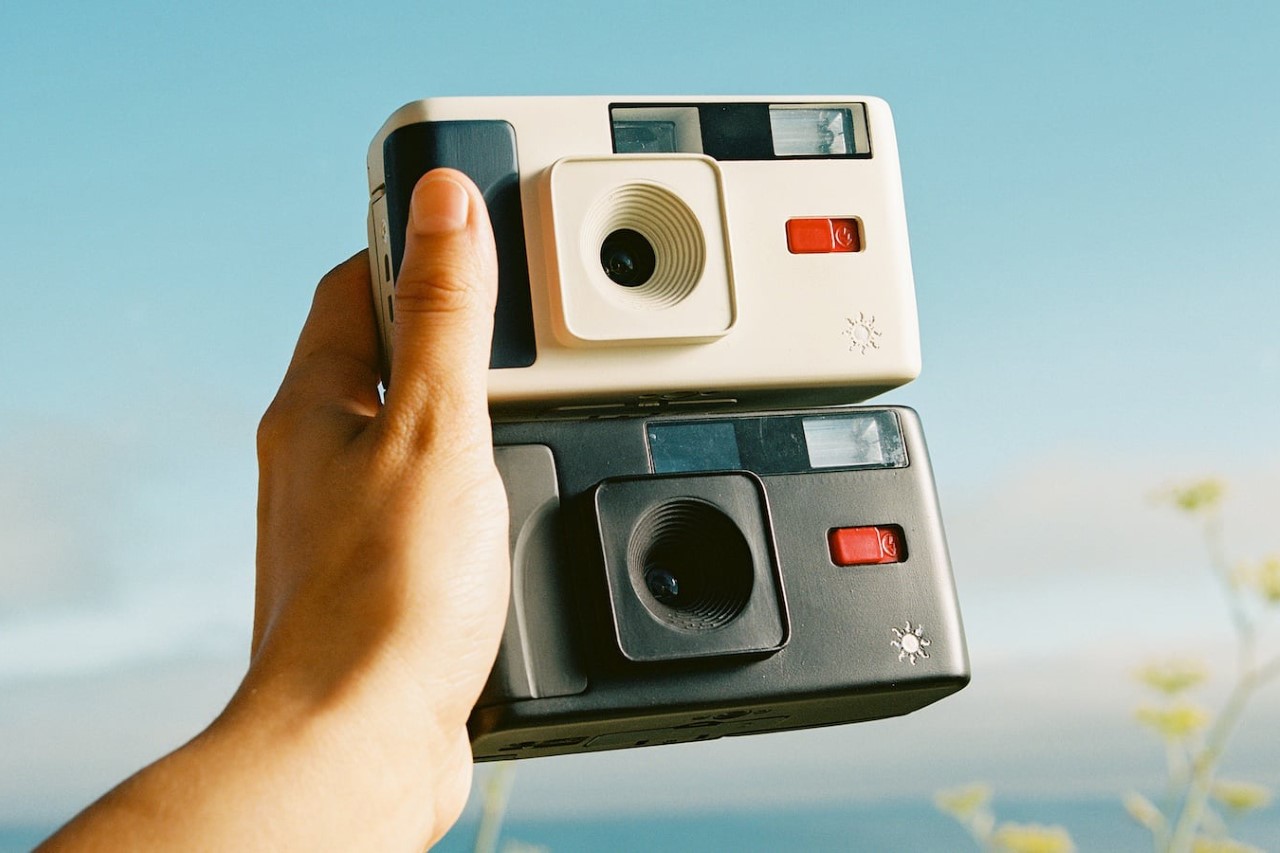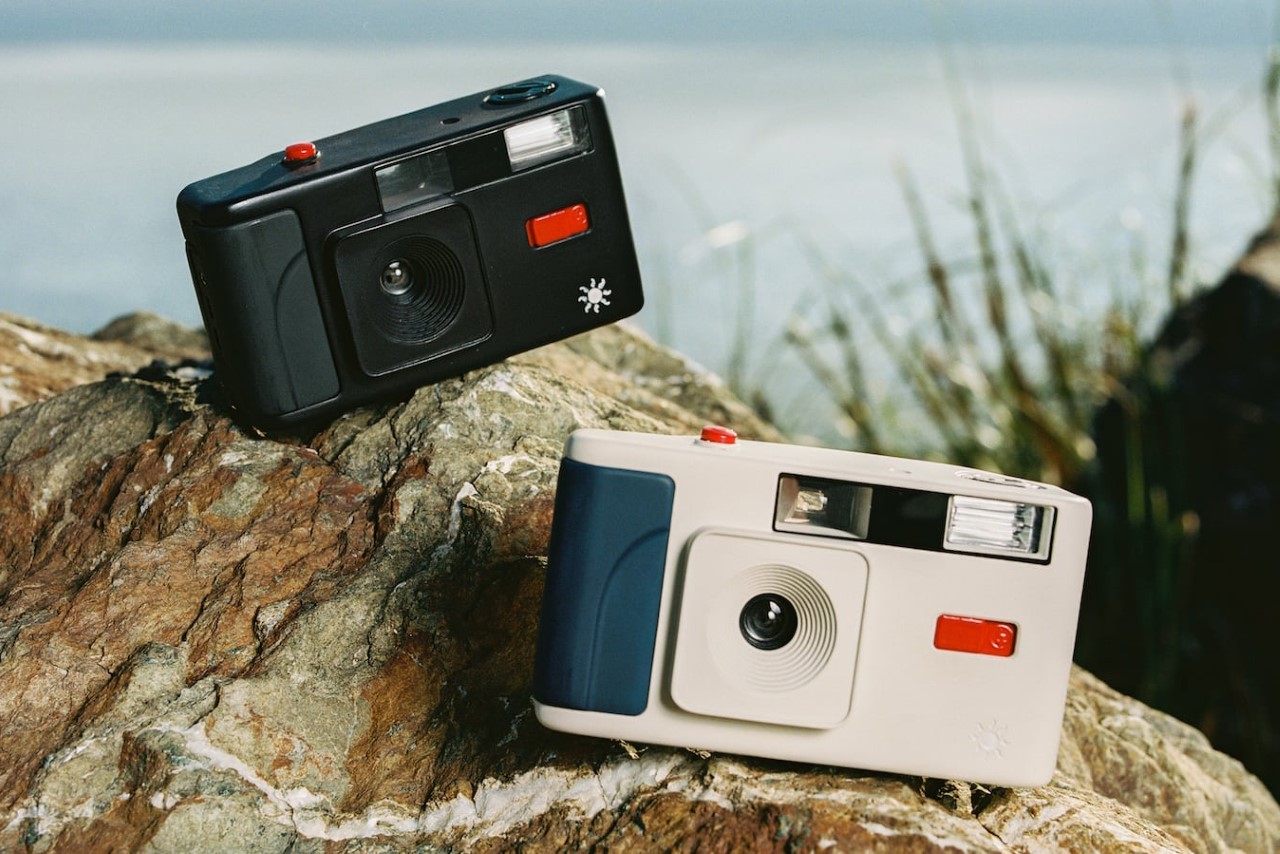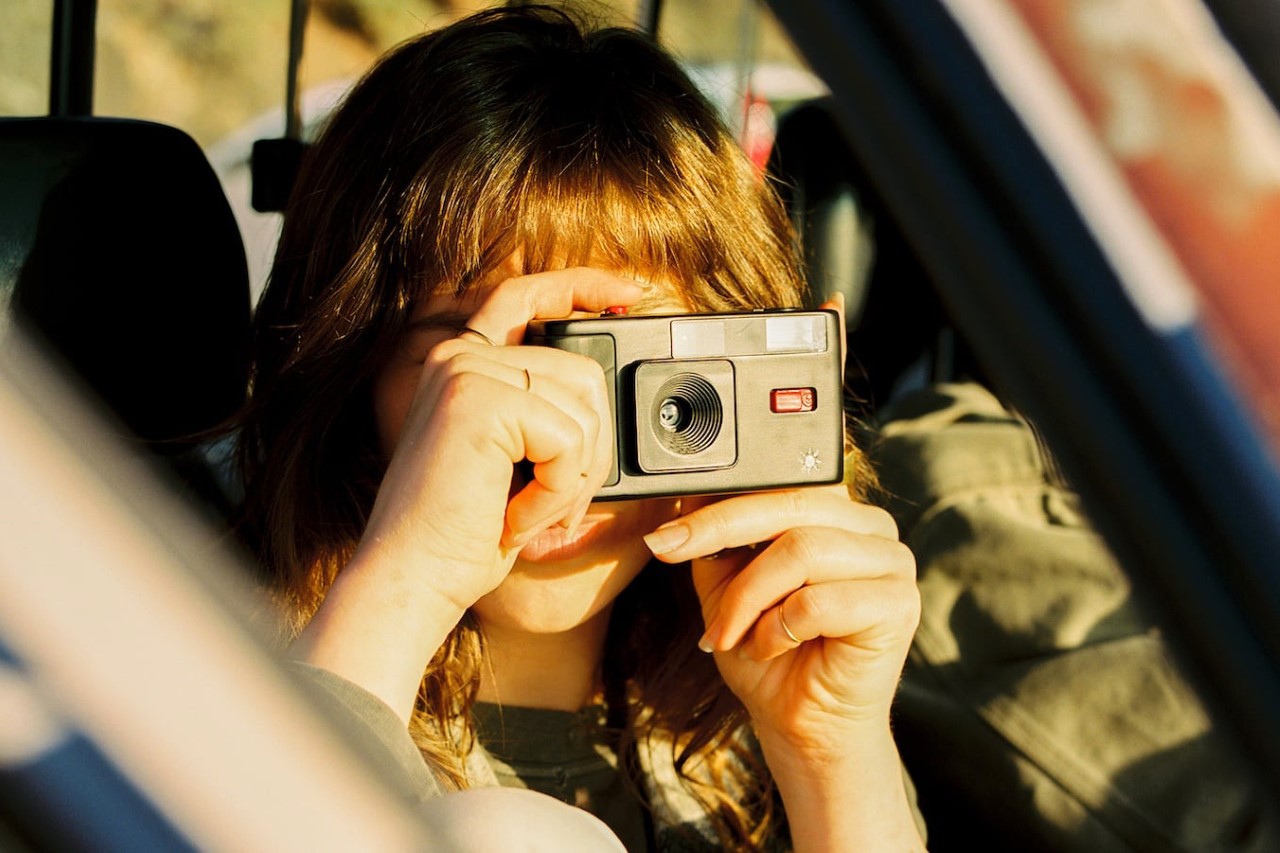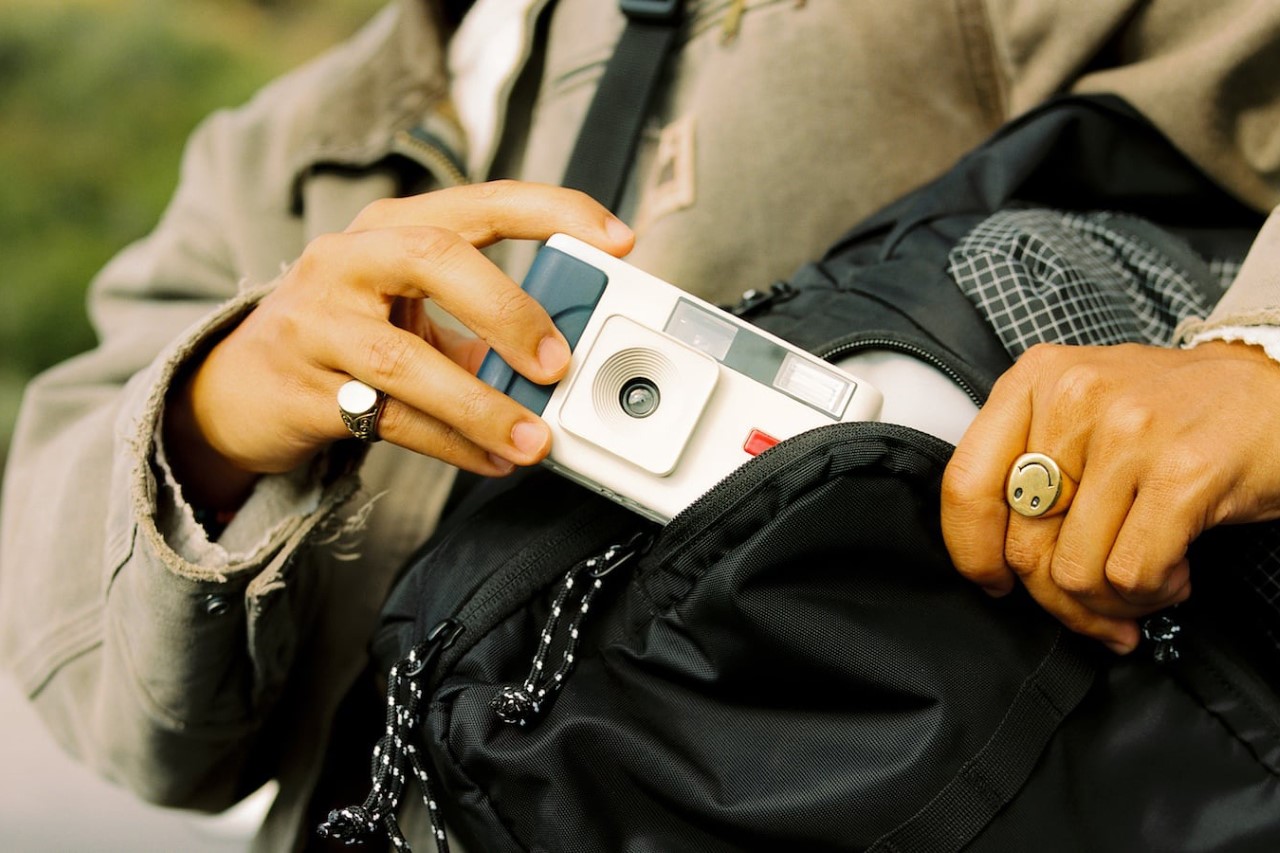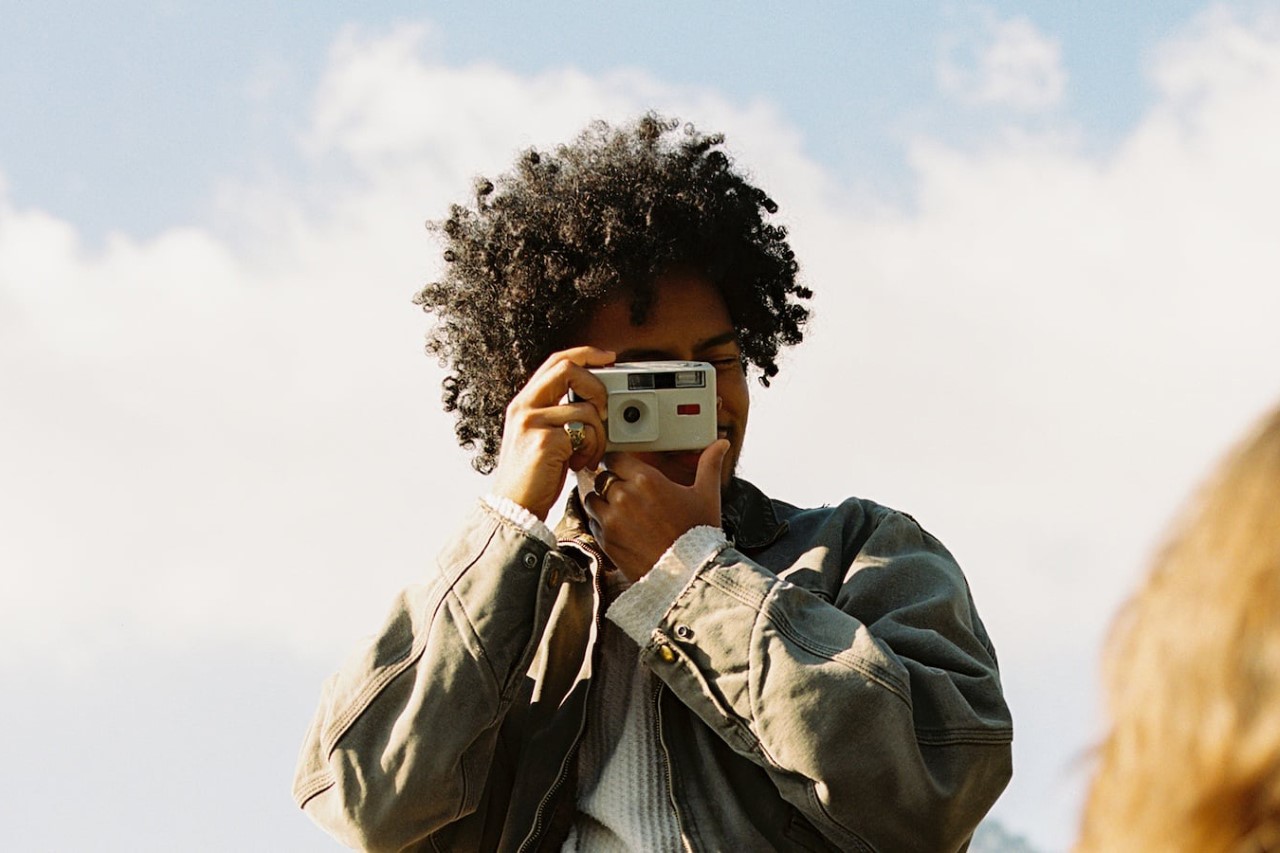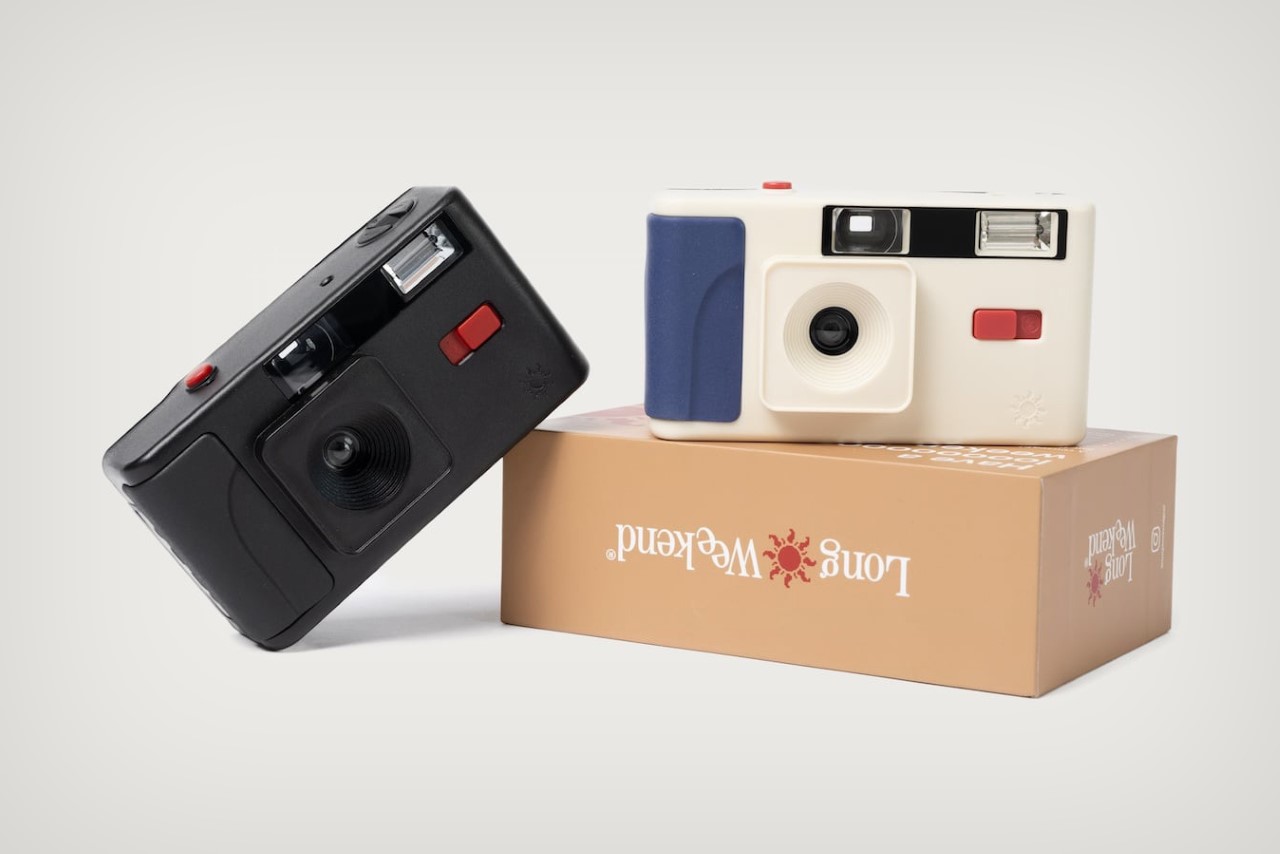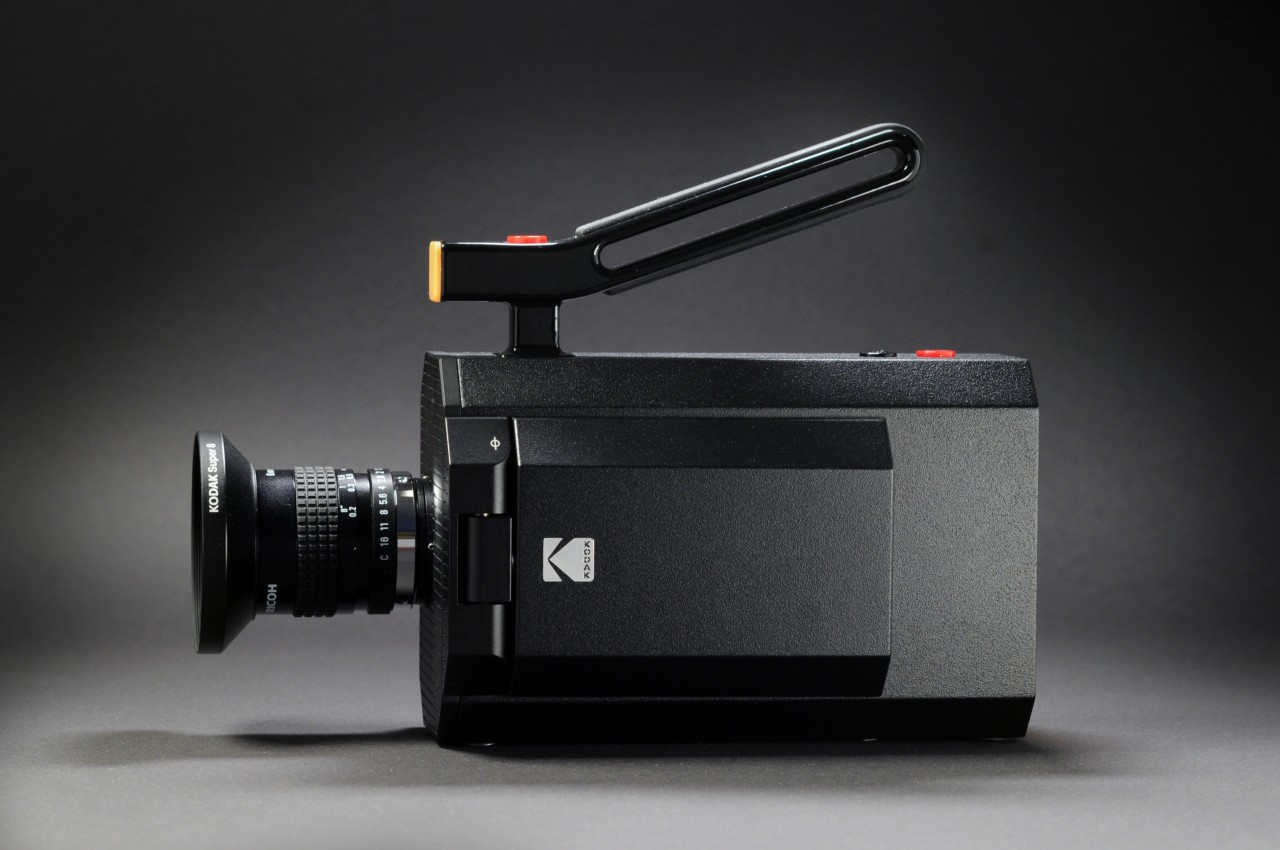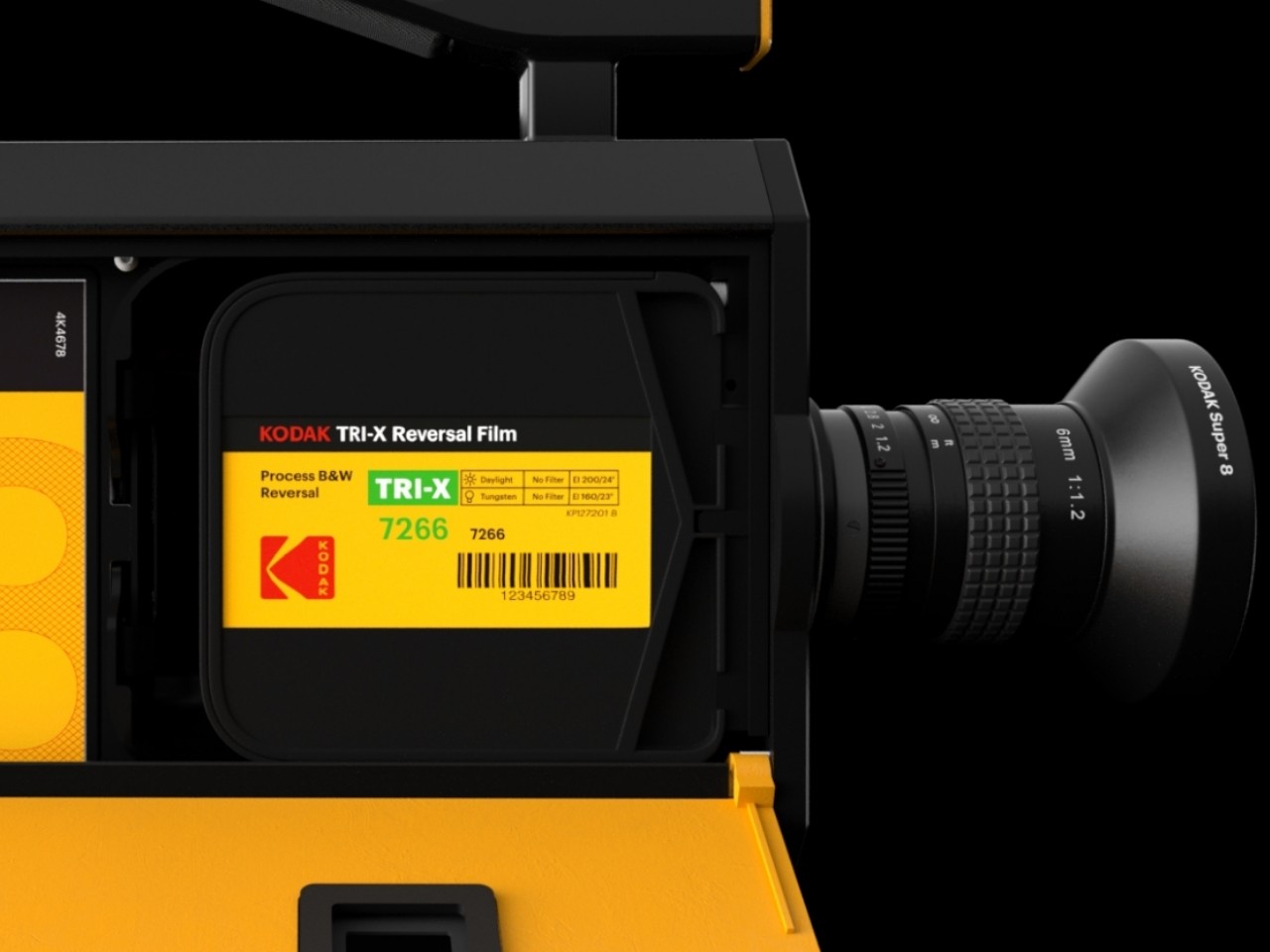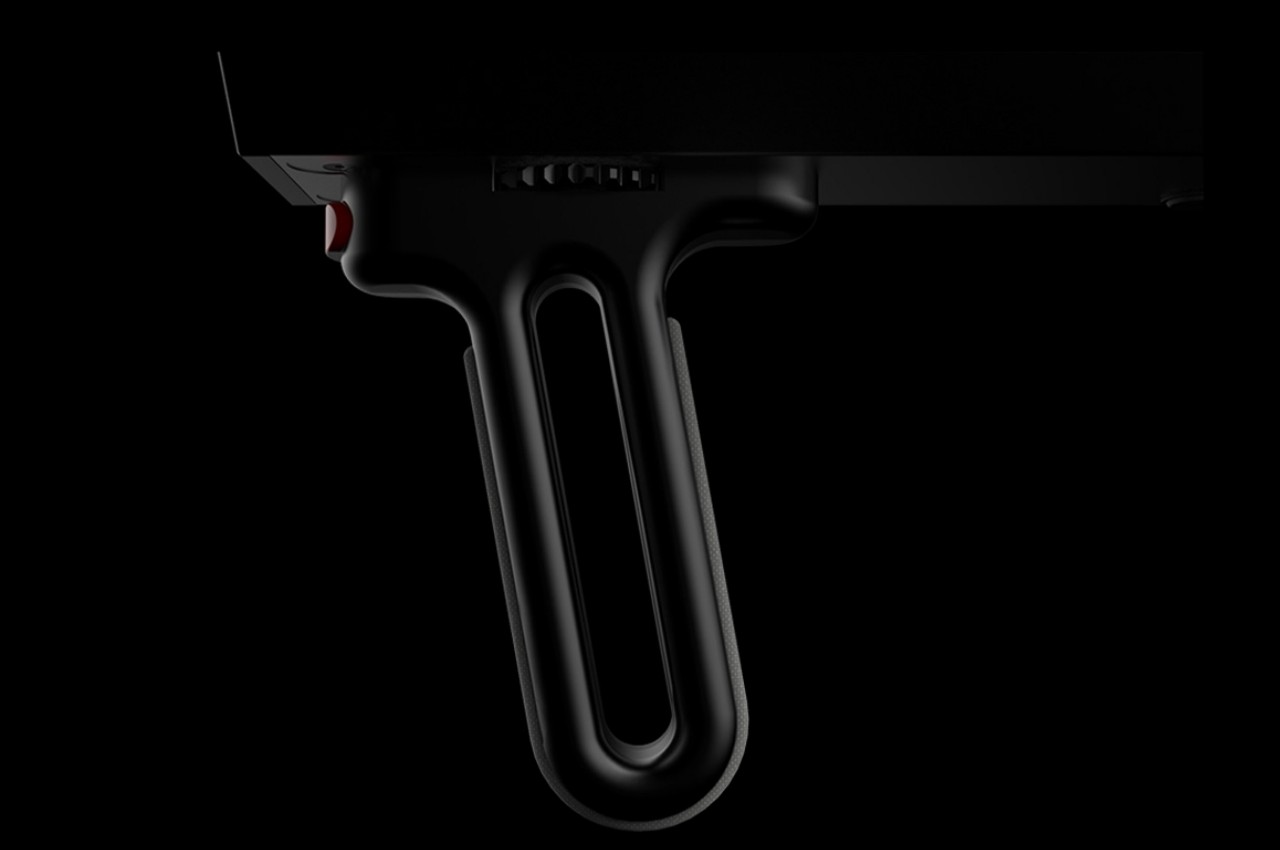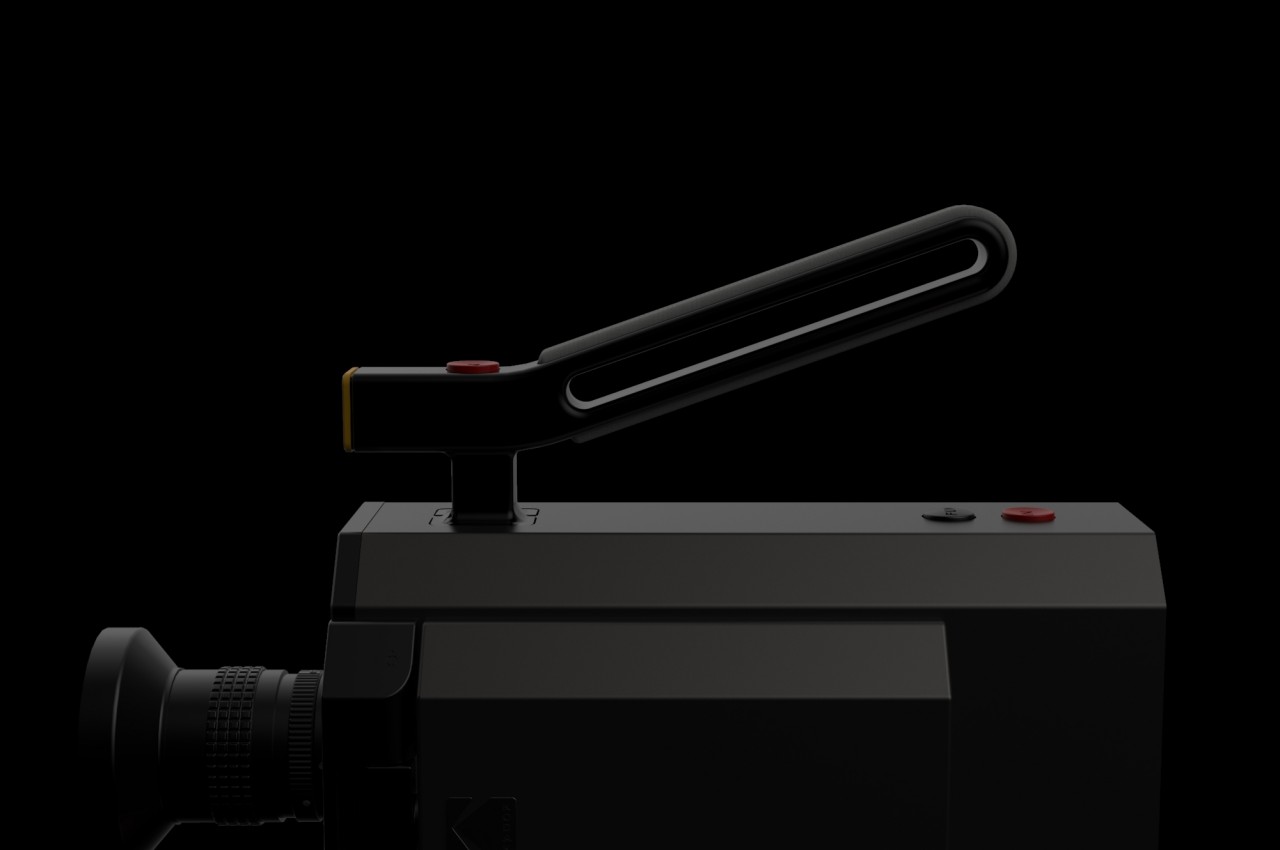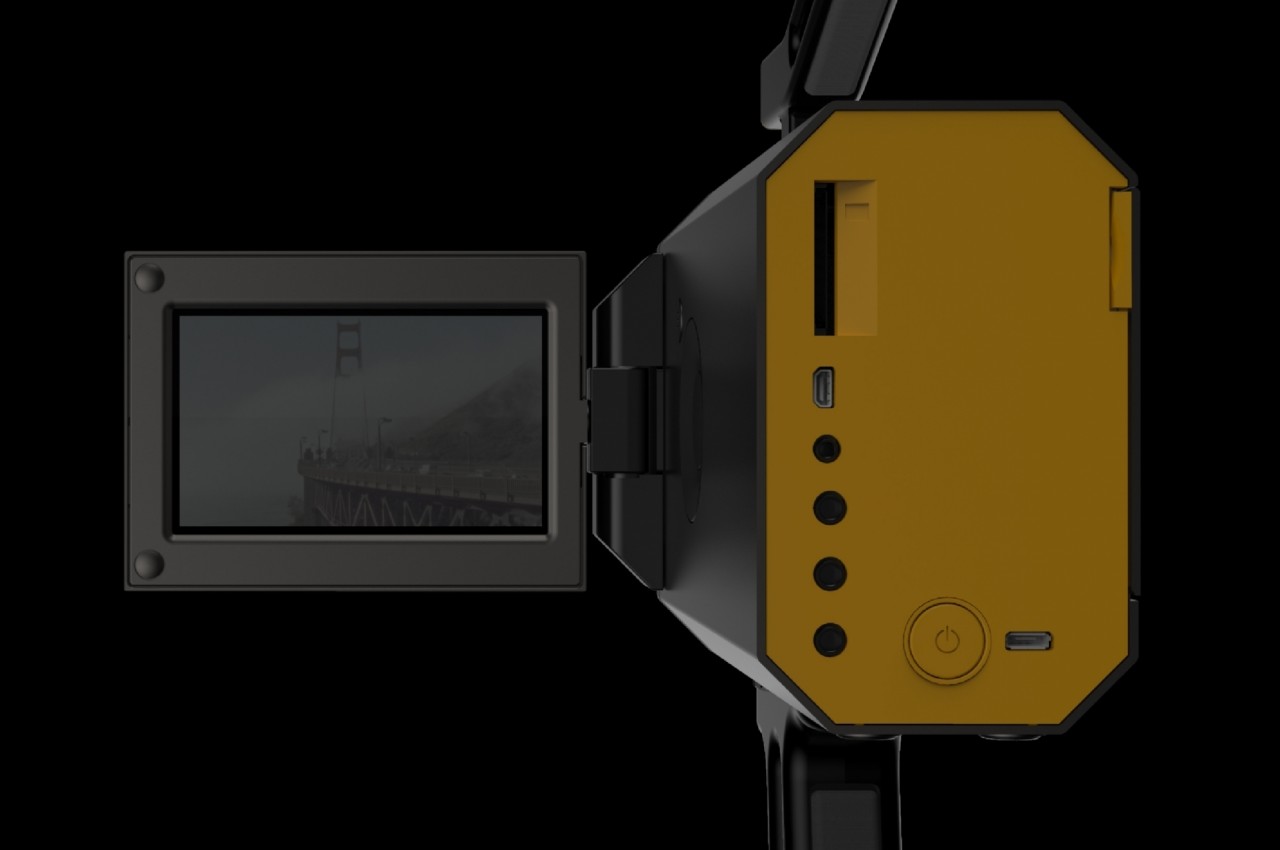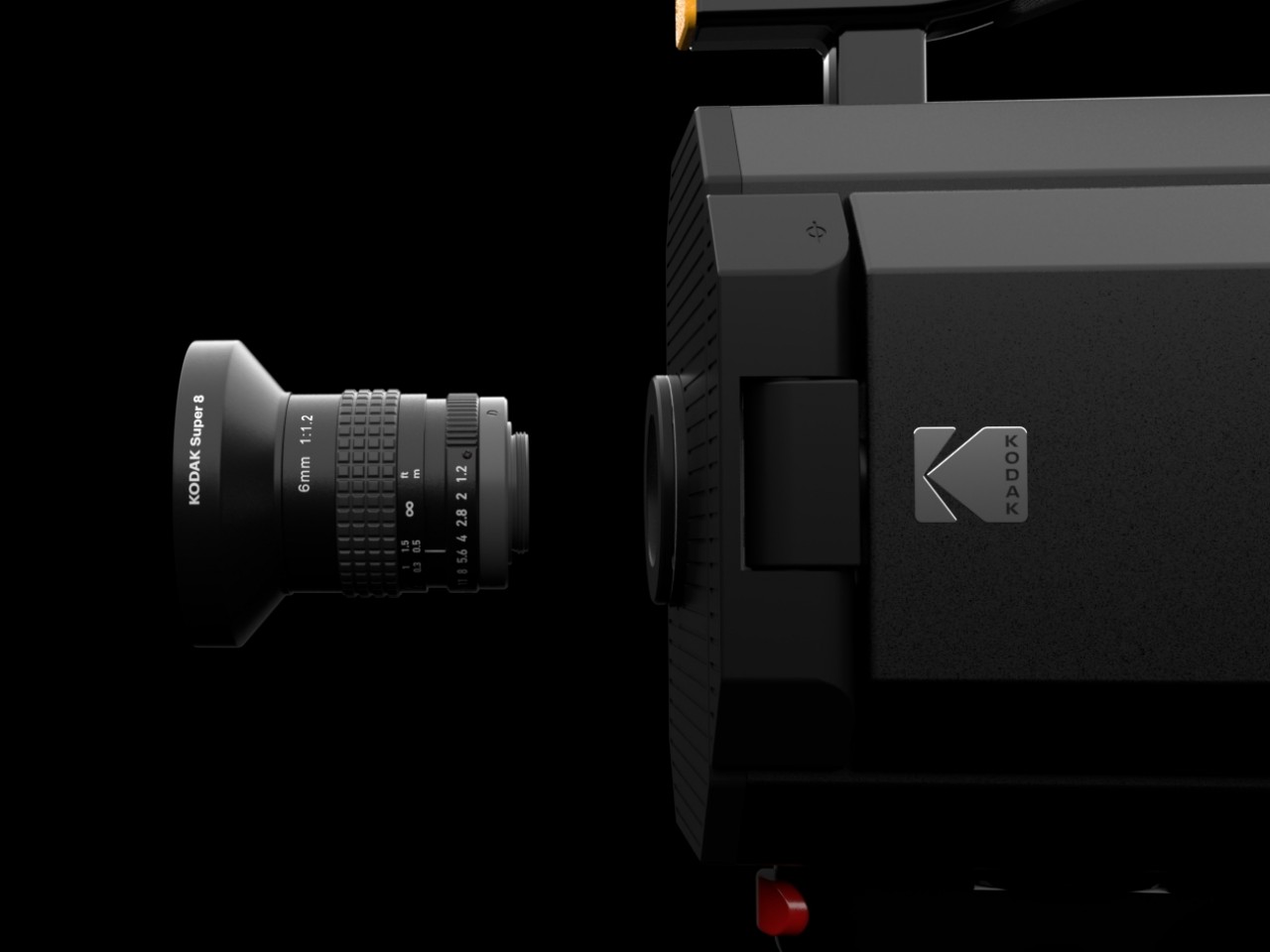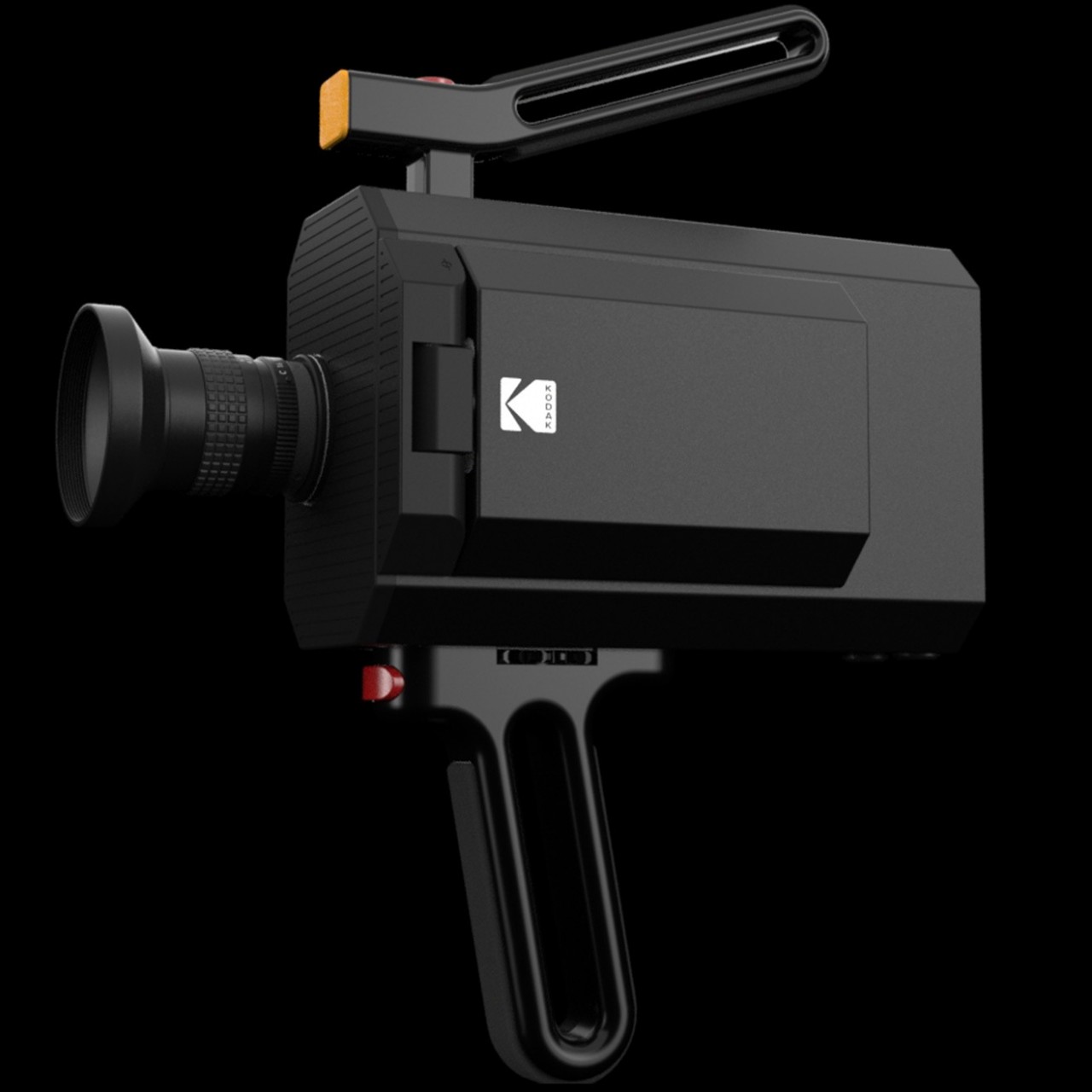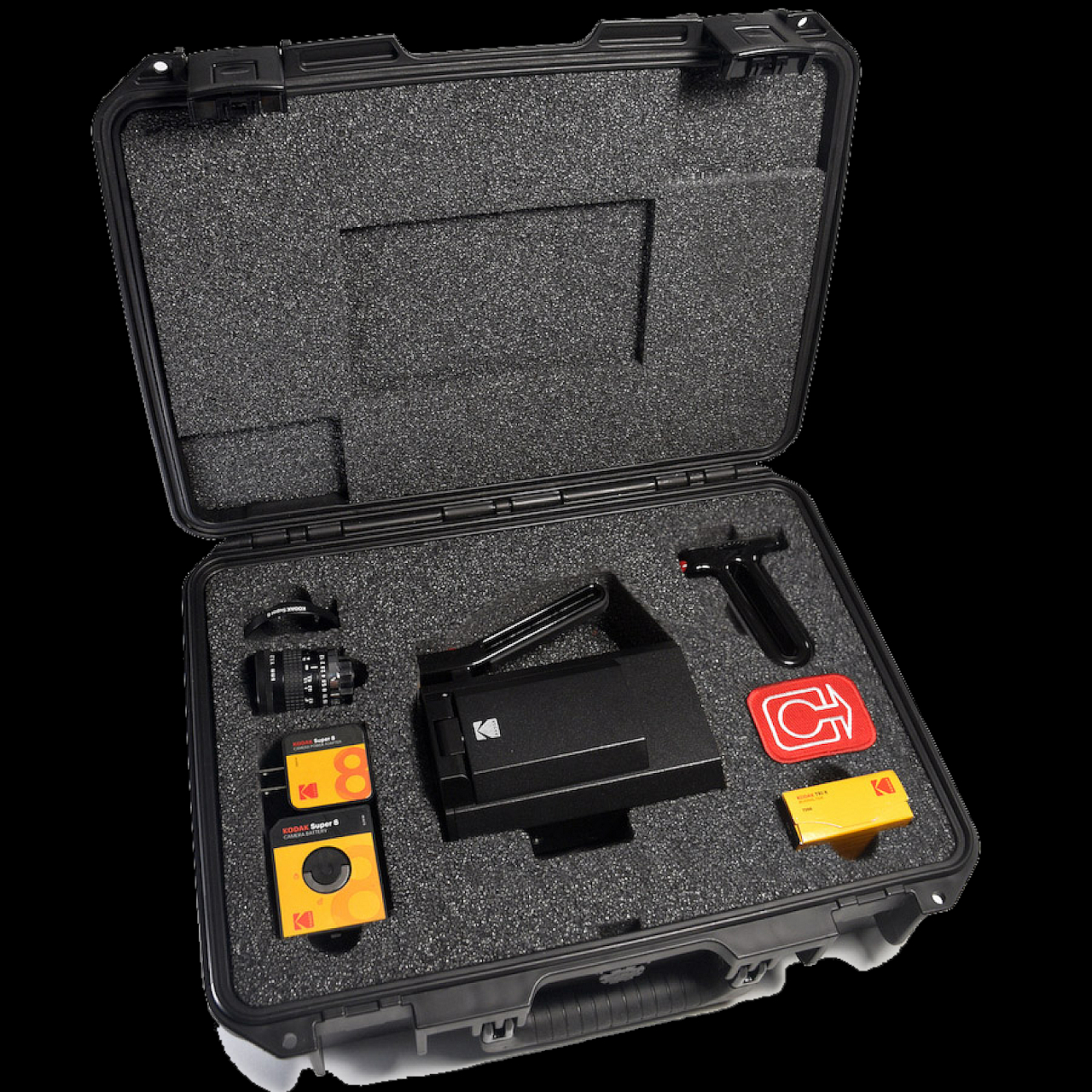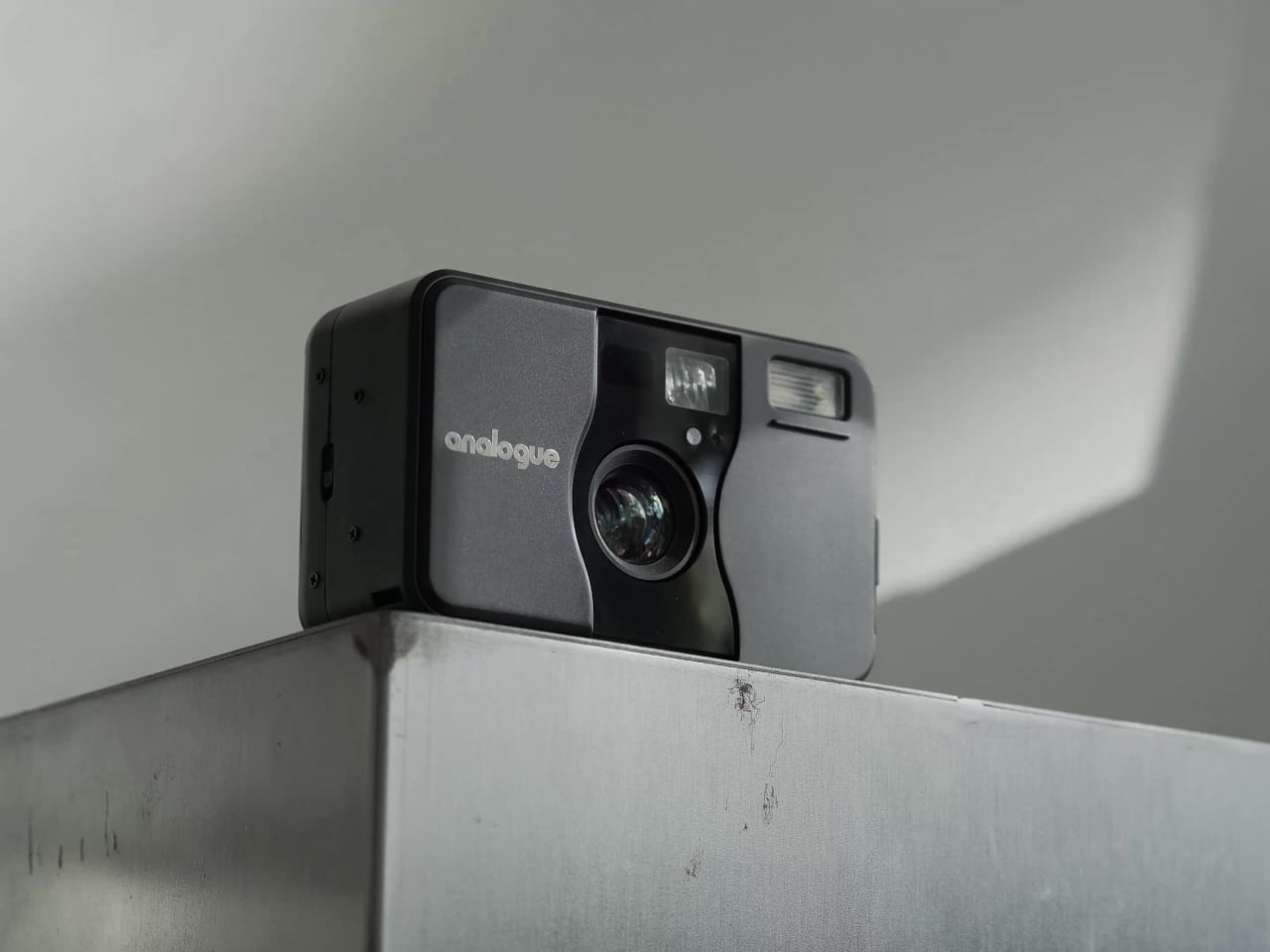
Film photography is having a renaissance, but most point-and-shoots on the market are either vintage relics with unpredictable quirks or new models that miss the tactile magic of analog shooting entirely. For anyone who wants the joy of film with the reliability of modern tech, the search can feel endless and frustrating. Most cameras force you to choose between nostalgia and convenience, never delivering both at once.
The Analogue aF-1 camera bridges that gap by blending the best of both worlds into one compact package designed for modern film shooters. With classic looks, a fast 35mm f/2.8 lens, and digital features like LiDAR autofocus and automatic film handling, it’s a camera that makes every shot feel intentional and every moment easier to capture without the usual hassles. The aF-1 brings together decades of camera evolution successfully.
Designer: Analogue
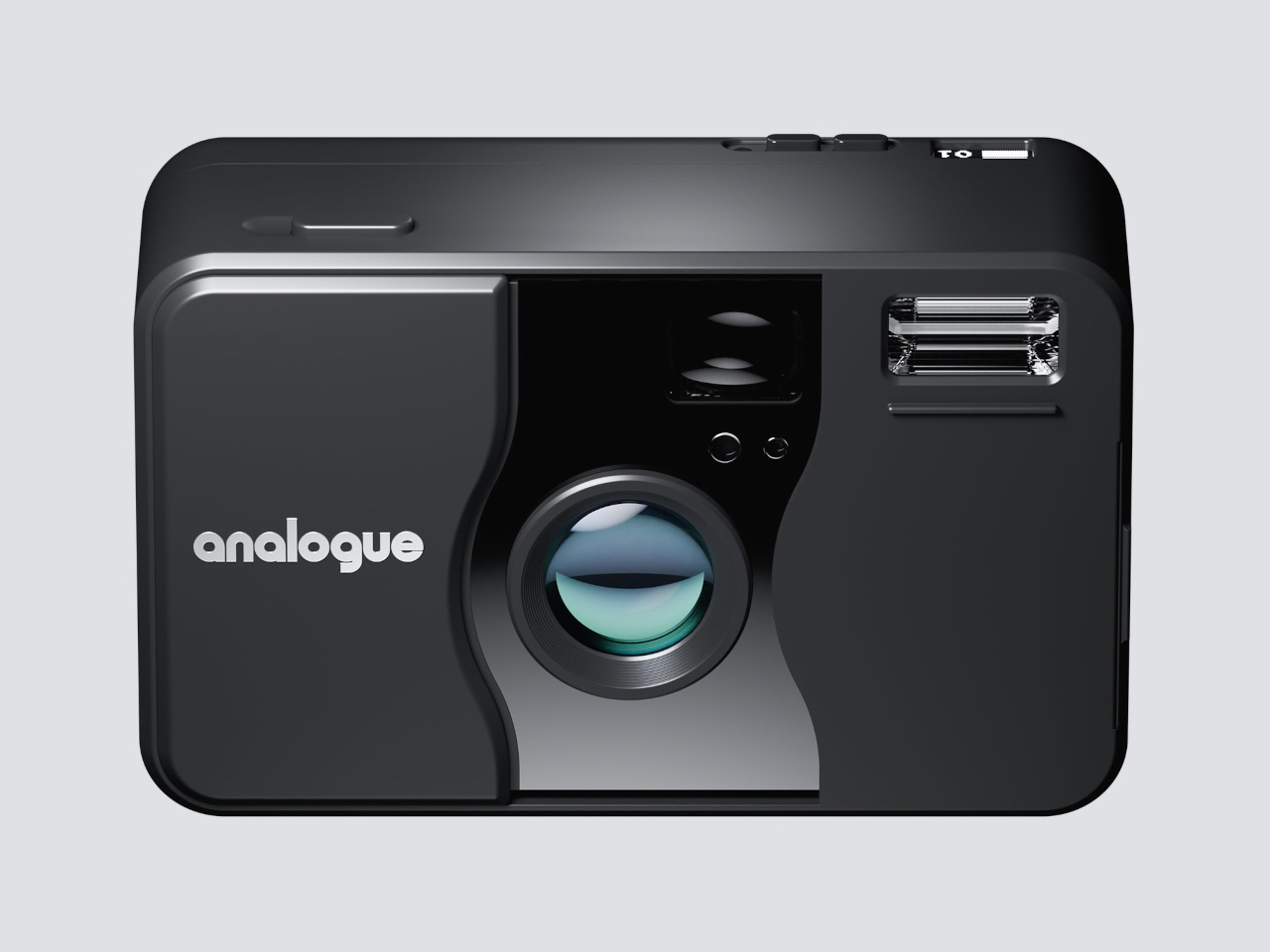
The aF-1’s minimalist, matte-finished body is inspired by iconic compacts of the past like the Olympus Mju and Contax T series, but it’s newly manufactured with modern materials and a robust, splashproof build rated IPX4 for weather resistance. The 35mm f/2.8 lens with its 6-element Double Gauss optical design delivers sharp images and pleasing depth, while the Albada viewfinder and two-stage shutter make framing and focusing intuitive.
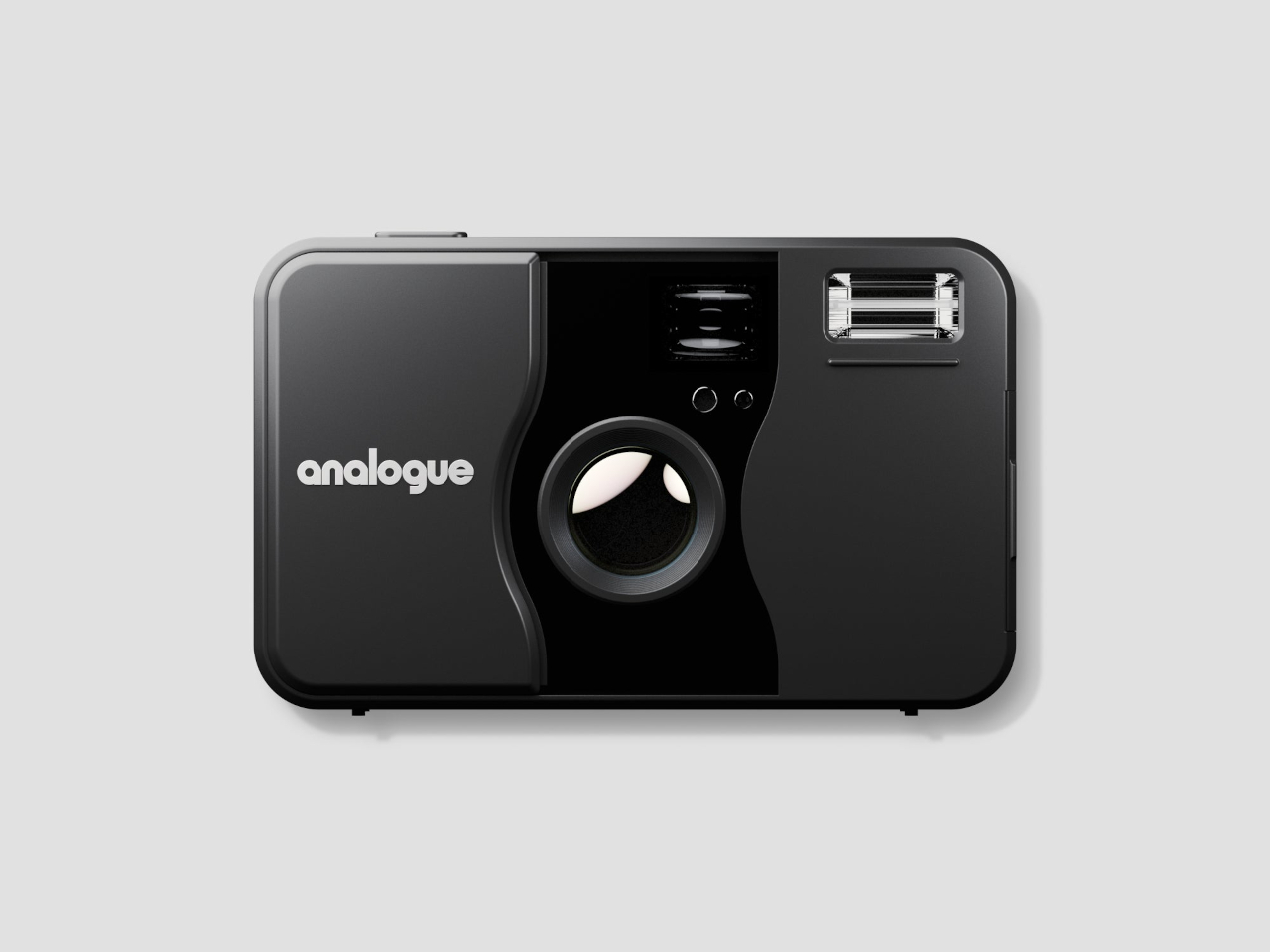
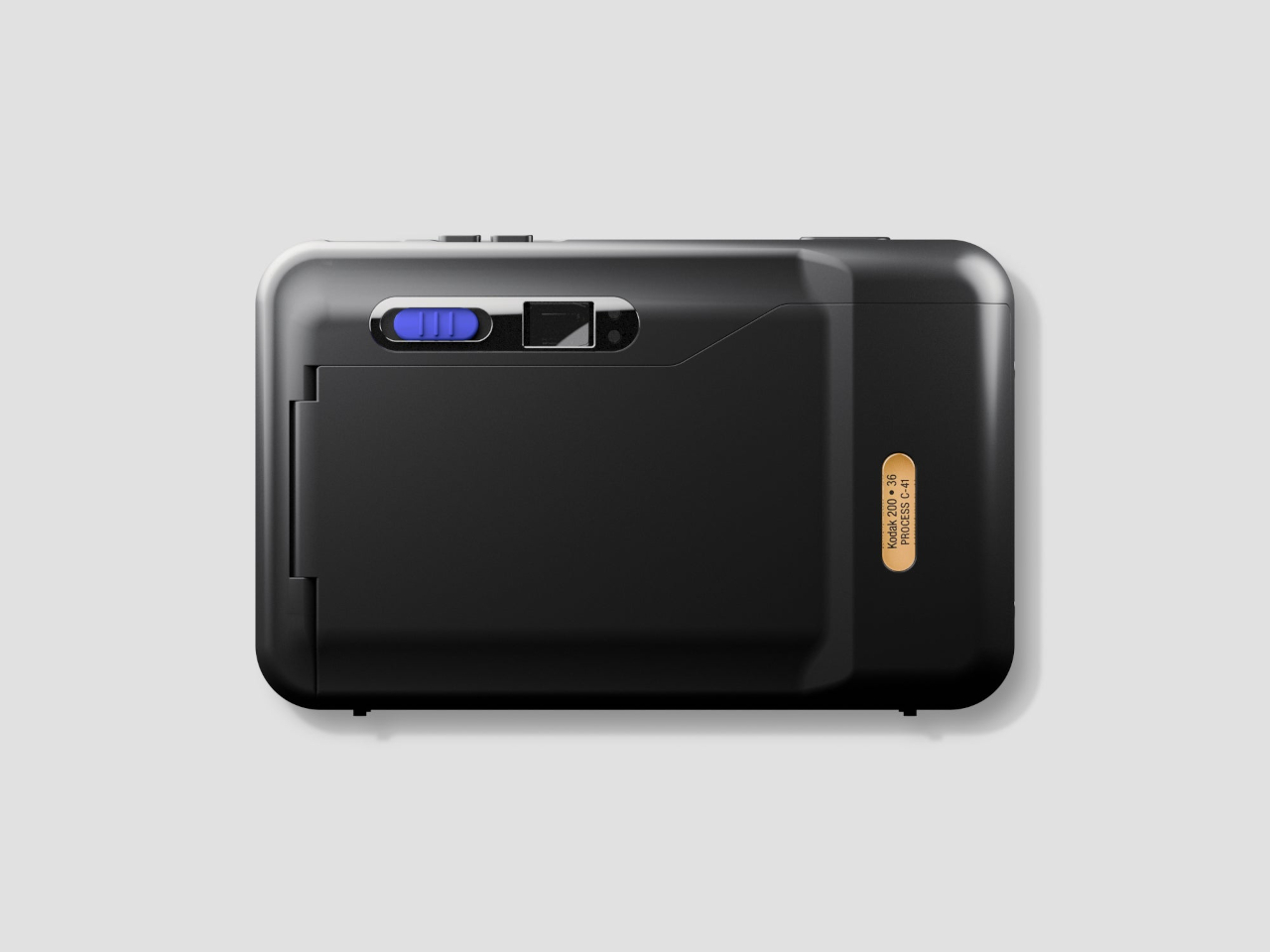
Its compact size and rounded edges make it easy to slip into a bag or pocket, ready for spontaneous street shots or travel adventures wherever creativity strikes unexpectedly. The splash resistance means light rain or coastal spray won’t stop you from shooting during outdoor adventures, and the robust build stands up to daily carry and occasional bumps without requiring excessive care or bulky protective cases.
The real magic is in how the camera mixes analog charm and digital reliability seamlessly throughout the shooting experience. LiDAR and Time-of-Flight sensors power fast, accurate autofocus from 0.5 meters to infinity, so you never miss a fleeting moment even in tricky light conditions where vintage cameras would struggle. The automatic film loader, advance, and rewind mean you can focus on shooting compositions, not fiddling with film mechanics.
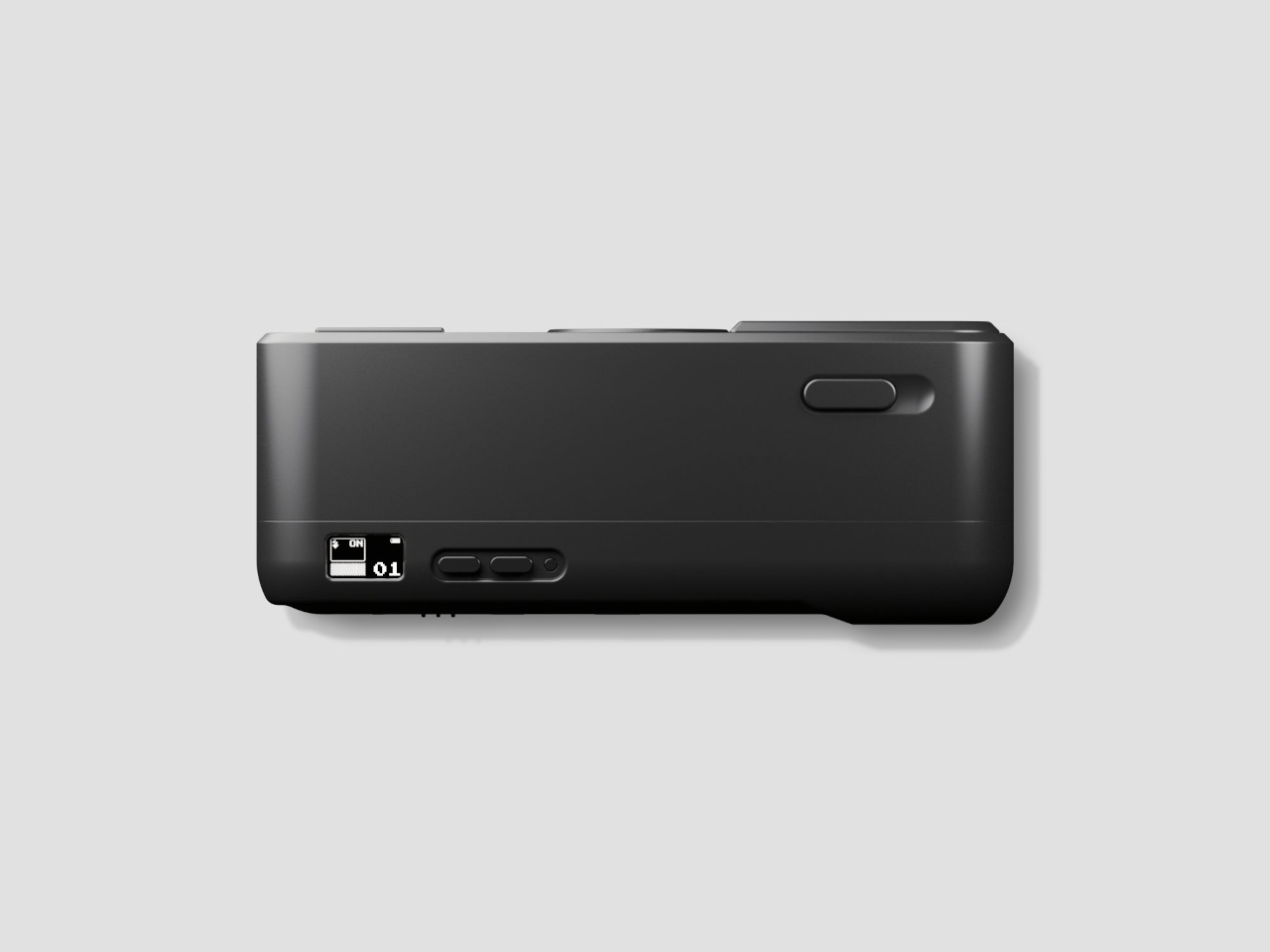
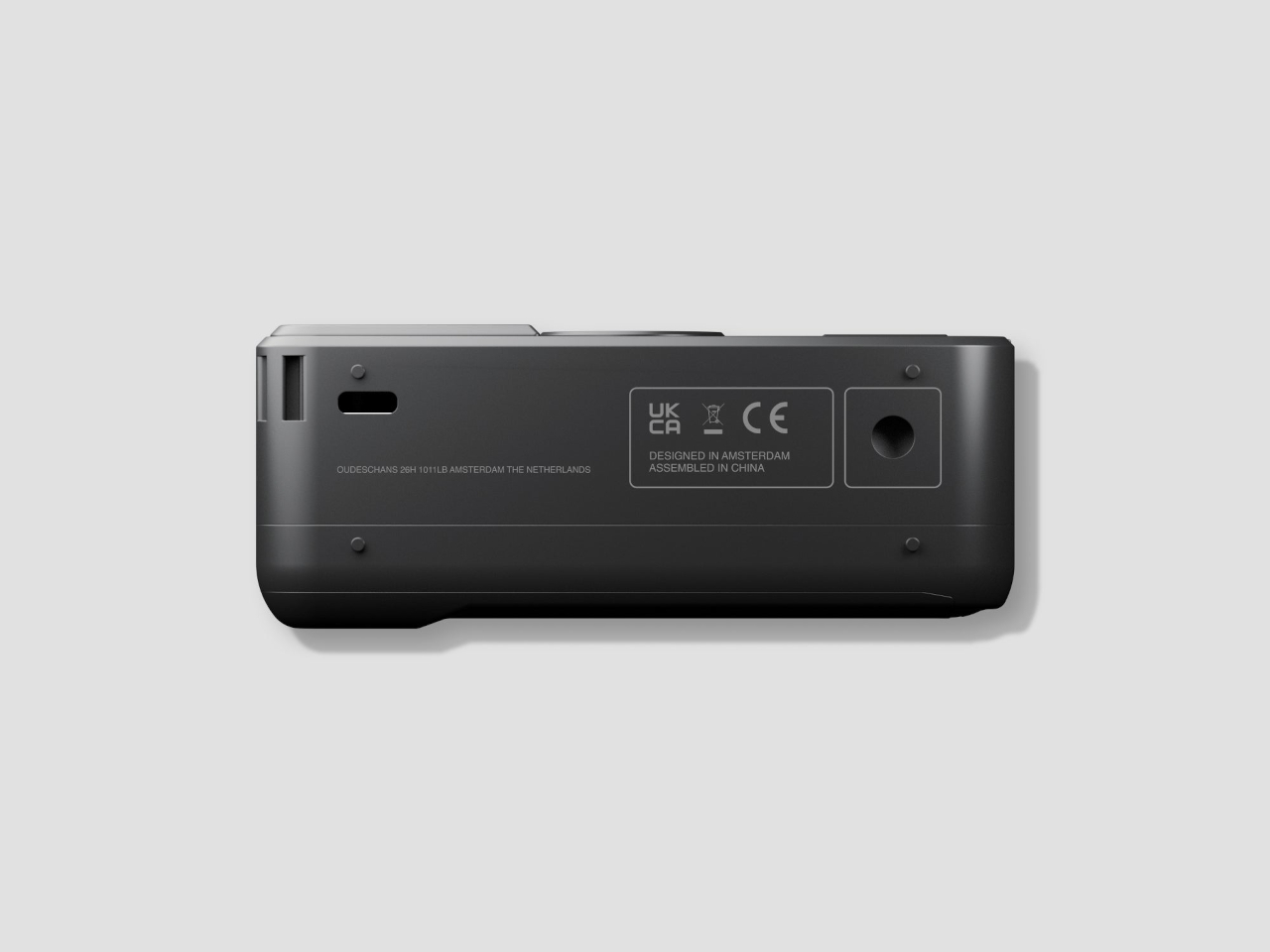
The GN8 flash recycles in as little as half a second between shots, with physical toggles for Auto, Forced, Anti Red-eye, Nightmode, and Off modes, giving you full manual control in any lighting situation you encounter. The fast recycle time means you’re always ready for the next shot without waiting around impatiently, and the flash reaches up to three meters at ISO 100 for properly lit group shots.
The aF-1 uses standard 35mm film with DX-coded ISO support from 25 to 5000 and is powered by a widely available CR123A battery that’s easy to find anywhere in the world. The shutter speed ranges from 1/1000 to 4 seconds for creative flexibility across different lighting scenarios. A 10-second self-timer and focus/exposure lock add creative options for group shots or experimental long exposures during golden hour.
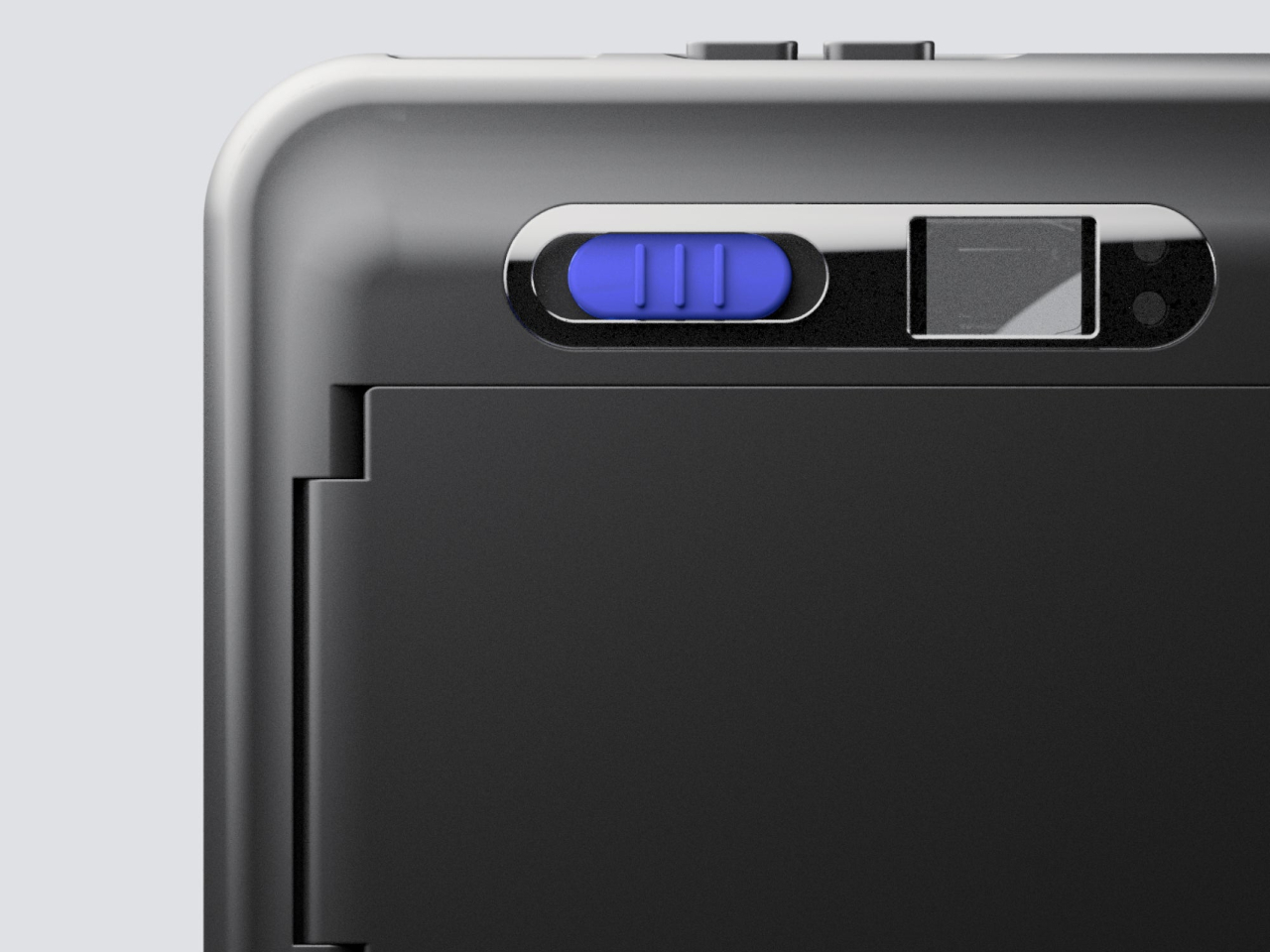
Shooting with the aF-1 is about slowing down and savoring each frame, but without the headaches of vintage gear that breaks or requires constant servicing and repair from specialists. The camera’s blend of analog feel and digital reliability makes film photography less intimidating and more rewarding for newcomers while giving experienced shooters the dependability they need for important moments worth preserving forever on physical film.
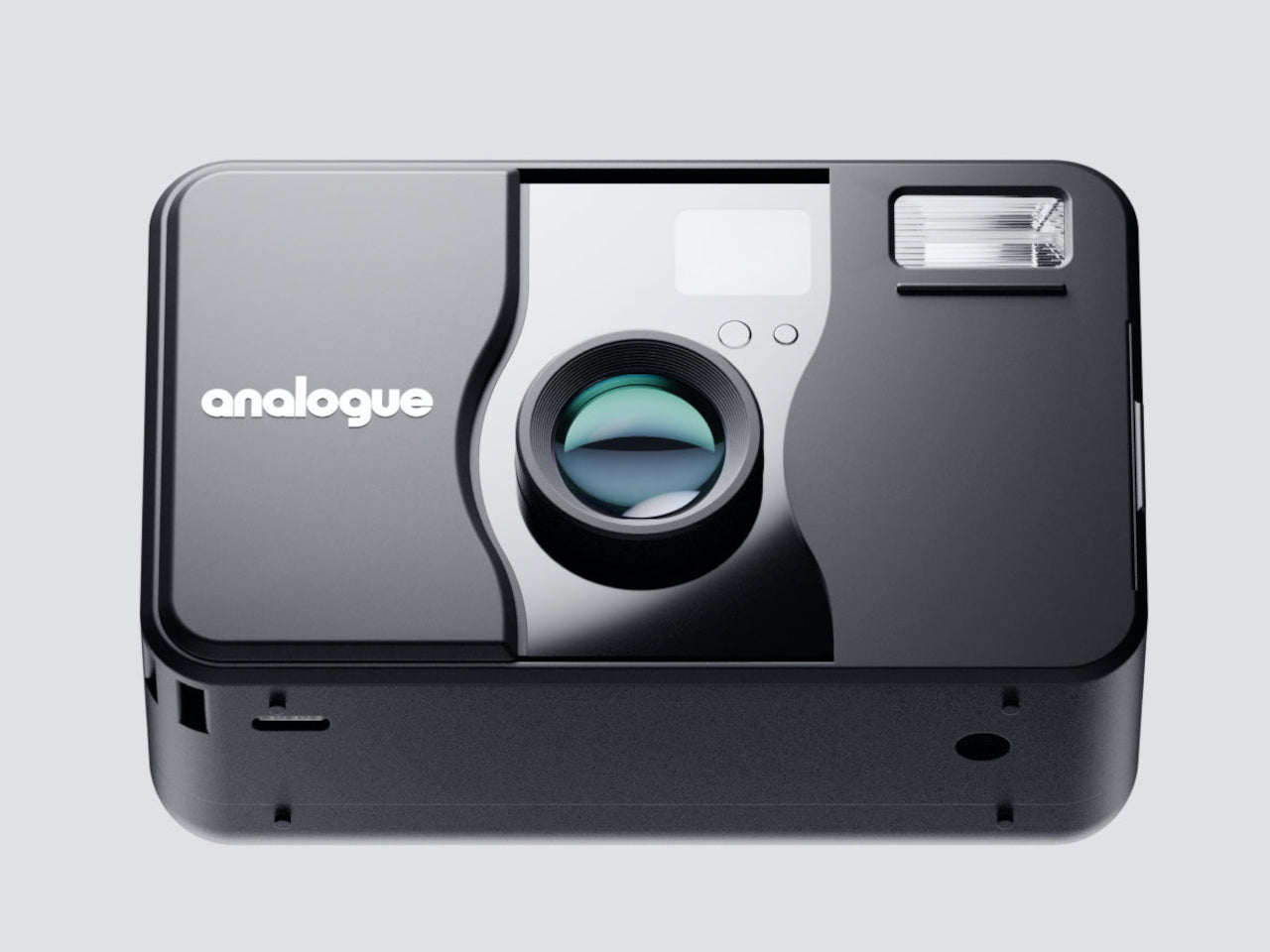
The post New Film Camera With LiDAR Autofocus Brings Modern Tech to 35mm first appeared on Yanko Design.
